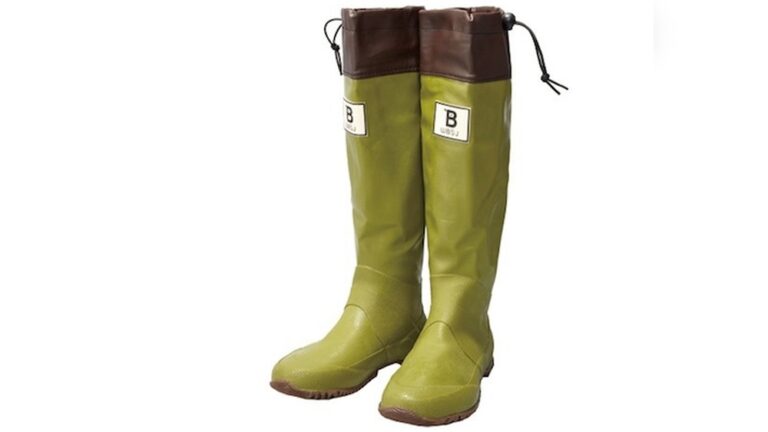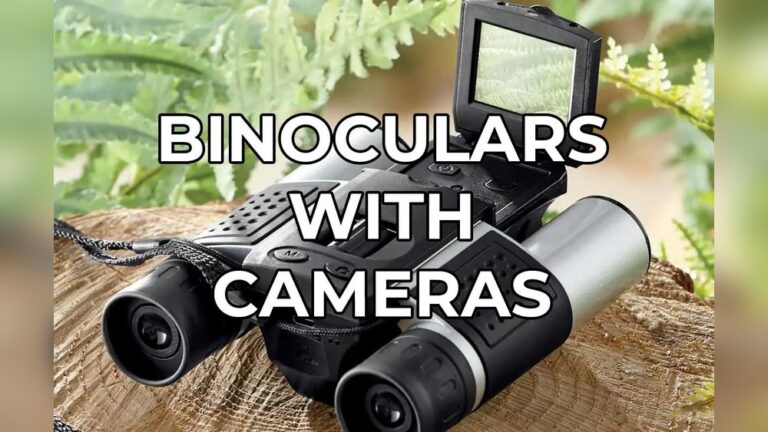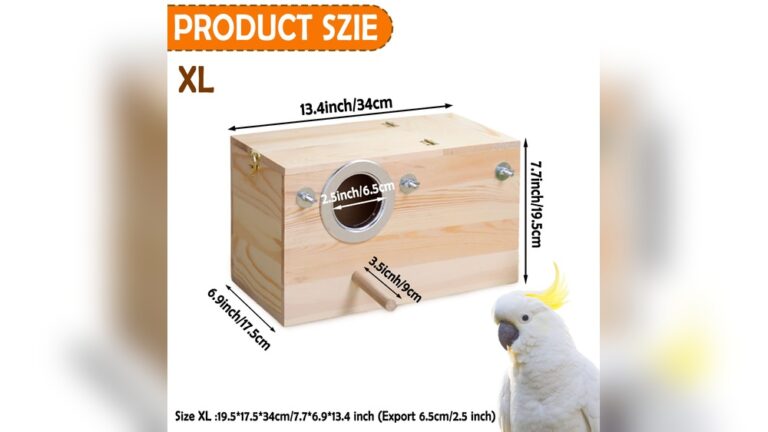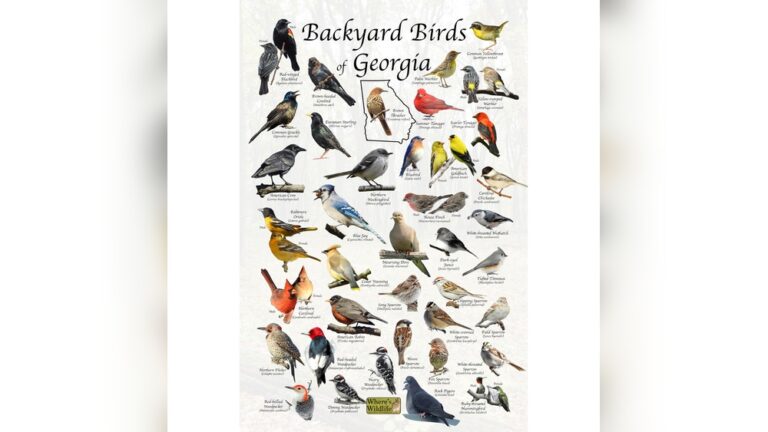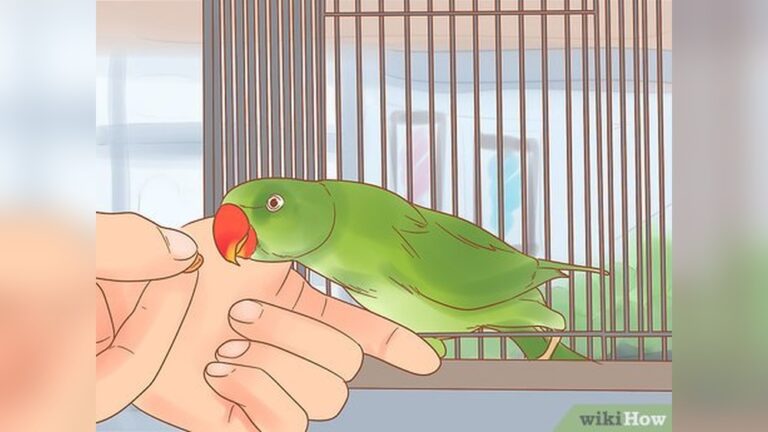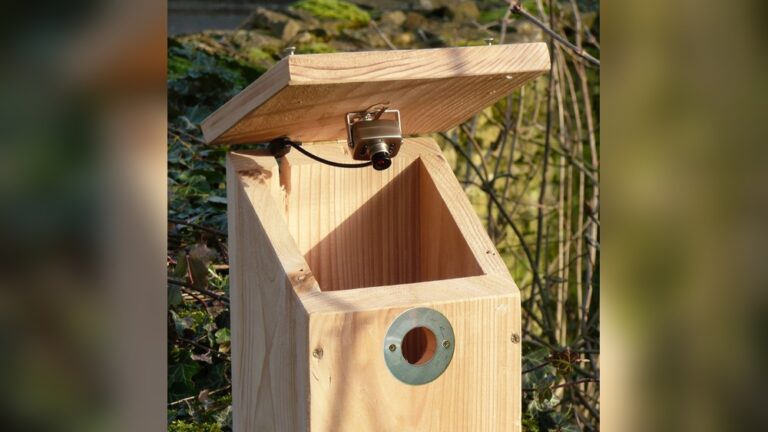How To Make A Bird Friendly Backyard In 30 Days
Imagine stepping into your backyard and hearing the cheerful songs of colorful birds all around you. You can create this peaceful, lively space for yourself—and it won’t take forever.
In just 30 days, you can transform your backyard into a bird-friendly haven that attracts feathered friends every morning. This guide will show you simple, practical steps that anyone can follow. Ready to see your outdoor space come alive with nature’s beauty?
Keep reading, and discover how easy and rewarding it is to make your backyard a bird paradise.

Credit: myedmondsnews.com
Choosing Native Plants
Choosing native plants is a smart step to create a bird friendly backyard. Native plants grow well in your area’s soil and climate. They need less water and care than non-native species. Birds trust native plants for food and shelter. These plants attract insects, seeds, and berries that local birds eat. Planting native flora helps birds feel safe and supported.
Benefits Of Native Flora
Native plants support local ecosystems naturally. They provide food birds need all year. Flowers offer nectar for hummingbirds and butterflies. Leaves and branches create shelter and nesting spots. Native plants need fewer chemicals and less water. This keeps your backyard healthy and eco-friendly. Birds find native plants easier to use than exotic ones.
Best Plants For Local Birds
Choose plants that produce seeds, berries, or nectar. Examples include coneflowers, black-eyed Susans, and milkweed. Shrubs like serviceberry and elderberry offer tasty berries. Trees such as oaks and maples supply acorns and seeds. These plants attract finches, cardinals, and woodpeckers. Research native plants in your region for best results.
Planting Schedule
Plant native seeds or young plants in early spring. This gives them time to grow before summer heat. Fall is also good for planting some shrubs and trees. Water plants regularly during the first few weeks. Mulch around plants to keep moisture and reduce weeds. Follow local gardening advice to match planting times with your climate.

Credit: warrencountypost.com
Creating Water Sources
Water is essential for birds. It helps them drink and bathe. Providing water sources in your backyard attracts many birds. Birds need clean, fresh water to stay healthy. Creating water spots can turn your yard into a bird haven.
Installing Birdbaths
Choose a shallow birdbath with gentle slopes. Place it where birds can see predators. A sunny spot helps keep water warm. Use sturdy materials like stone or ceramic. Keep the birdbath at least 3 feet above the ground. This height helps protect birds from cats and other threats.
Maintaining Fresh Water
Change the water every two days. Clean the birdbath with mild soap and water weekly. Avoid strong chemicals that can harm birds. Check for algae or dirt often. Fresh water keeps birds coming back daily. It also prevents mosquito breeding in standing water.
Natural Water Features
Small ponds or fountains create natural water sounds. Moving water attracts more birds than still water. Use rocks and plants around the water feature. These provide shelter and landing spots. Natural features blend well with garden plants. They offer a safe and inviting space for birds.
Providing Food Options
Providing food is key to attracting birds to your backyard. Birds need energy to fly, build nests, and stay warm. Offering a variety of food helps different bird species visit your space. This section covers how to choose feeders, use natural food, and feed birds through the seasons.
Selecting Bird Feeders
Choose feeders that suit the birds in your area. Tube feeders attract small birds like finches and chickadees. Platform feeders work well for larger birds such as cardinals and jays. Hopper feeders hold a mix of seeds and protect food from rain. Clean feeders often to prevent disease. Place feeders in safe spots, away from predators.
Natural Food Sources
Plant native trees and shrubs that produce berries and seeds. Sunflowers, coneflowers, and asters attract birds with their seeds. Allow some plants to go to seed in fall for extra food. Leave fallen fruit and nuts on the ground for ground-feeding birds. Avoid using pesticides that harm insects, a food source for many birds.
Seasonal Feeding Tips
Offer high-fat foods like suet and peanuts in winter. These help birds stay warm in cold weather. In spring and summer, provide fresh fruits and insects. Reduce feeding in late summer to encourage natural foraging. Clean feeders more often during wet seasons to prevent mold. Adjust food types as bird species change throughout the year.
Credit: www.galvestoncountytx.gov
Building Shelter And Nesting Spots
Creating shelter and nesting spots is key to a bird-friendly backyard. Birds need safe places to rest and raise their young. Providing these spots helps attract more birds and keeps them safe from predators.
Start by offering birdhouses and natural shelters. These give birds a cozy place to live. Adding safe materials for nests supports their nesting habits. This section explains how to build shelters and nesting spots in your yard.
Choosing Birdhouses
Select birdhouses that fit the birds in your area. Size matters. Small houses suit small birds like chickadees. Larger houses attract bluebirds or woodpeckers.
Place birdhouses away from busy areas. Mount them 5 to 10 feet high on poles or trees. Ensure houses have drainage holes and ventilation. Avoid shiny paint or bright colors. Natural wood works best.
Creating Brush Piles
Brush piles give birds a place to hide and rest. Use small branches, twigs, and leaves. Build piles in quiet spots near trees or shrubs.
Brush piles also offer shelter from bad weather. Birds use them for protection and nesting. Make sure piles are large enough to shelter small animals too.
Safe Nesting Materials
Provide soft, natural materials for nest building. Use dry grass, pine needles, and small feathers. Avoid synthetic or sharp materials that can harm birds.
Place materials in open containers or on low branches. This lets birds easily collect what they need. Keep materials clean and dry to prevent mold.
Avoiding Hazards
Creating a bird friendly backyard means more than adding food and water. It also means keeping birds safe from common dangers. Birds face many risks in our yards. Avoiding these hazards helps birds live longer and enjoy your space more.
Reducing Pesticide Use
Pesticides harm birds and the insects they eat. Using fewer chemicals keeps birds healthy. Choose natural ways to control bugs. Plant native flowers and herbs that repel pests. This creates a safer environment for birds and other wildlife.
Keeping Cats Indoors
Outdoor cats often hunt birds. Keeping cats inside protects birds from harm. Provide toys and playtime to keep cats happy indoors. A cat-free yard lets birds feel safe and visit freely. This simple step saves many bird lives.
Minimizing Window Collisions
Birds can fly into windows by mistake. These crashes cause injury or death. Use decals or stickers on glass surfaces to break reflections. Close curtains or blinds during daylight. Position feeders away from windows to reduce accidents.
Monitoring Bird Activity
Monitoring bird activity is a key step in creating a bird-friendly backyard. It helps you understand which birds visit your space. You can learn their habits and preferences. This knowledge allows you to make better choices for your yard. Tracking bird visits also brings joy and connection with nature.
Setting Up Bird Watching Areas
Choose quiet spots with good visibility for watching birds. Place benches or chairs at a safe distance from feeders. Use binoculars or a camera to see birds clearly. Avoid sudden movements to keep birds calm. Keep these areas clean and free of clutter.
Recording Bird Visits
Keep a simple notebook or use a phone app to note bird sightings. Write down the species, time, and behavior of each bird. Track changes over days and weeks. This record shows which birds like your backyard most. It helps you notice new visitors and patterns.
Adapting Backyard Features
Use your bird records to improve your yard. Add plants that attract favorite bird species. Change feeder types or seed mixes based on bird visits. Provide water sources like shallow dishes or birdbaths. Remove elements that scare or harm birds. Adjust your yard little by little for best results.
Maintaining The Backyard
Maintaining your bird-friendly backyard is key to keeping birds happy and safe. Regular care helps create a welcoming space for birds all year. It also protects your garden and keeps feeders clean. Small daily steps make a big difference over time.
Regular Cleaning
Clean bird feeders every few days to stop mold and bacteria. Remove old seeds and wash with warm, soapy water. Rinse well to keep birds healthy. Clear fallen seeds and droppings from the ground. This prevents pests and keeps the area neat.
Seasonal Adjustments
Change your backyard setup as seasons shift. In spring, add fresh water sources for drinking and bathing. Summer needs shaded spots to keep birds cool. In fall, offer high-energy foods like nuts and berries. Winter calls for shelter and extra food to help birds survive cold days.
Encouraging Year-round Visits
Plant native trees and bushes that provide food and shelter. Keep water fresh and unfrozen in winter. Rotate feeders and food types to attract different bird species. Provide nesting boxes during breeding season. These steps invite birds back every season.
How Smart Pets Lover Can Help You with How To Make A Bird Friendly Backyard In 30 Days
Turning Your Backyard into a Bird Haven: Learning Through Doing
Creating a bird-friendly backyard in just 30 days is not only rewarding but also a wonderful opportunity to learn about nature firsthand. By choosing native plants, you invite local bird species naturally adapted to your environment, making your space a vibrant classroom for observing bird behavior and plant-bird interactions.
Setting up water sources and providing varied food options encourages different birds to visit, offering daily chances to notice their unique habits and feeding preferences. This hands-on experience deepens your connection with these feathered visitors and sharpens your awareness of their needs.
- Observe which plants attract the most birds and adjust your garden accordingly.
- Keep a simple journal to track bird activity and changes over time.
- Learn to identify common hazards to ensure your backyard remains a safe haven.
At Smart Pets Lover, we believe every pet parent deserves to feel confident and connected with the animals they cherish—whether it’s a wagging dog, a purring cat, or chirping backyard birds. For more insights or questions about bird-friendly spaces, reaching out to local wildlife groups or visiting Smart Pets Lover’s resource pages can offer valuable, research-backed tips.
Remember, nurturing your backyard into a welcoming bird sanctuary isn’t just about the birds—it’s about cultivating a peaceful, joyful space where every chirp tells a story you’re part of.
Frequently Asked Questions
How Do I Attract Birds To My Backyard Quickly?
Plant native flowers, shrubs, and trees to provide natural food and shelter. Install bird feeders and fresh water sources. Avoid pesticides to keep the environment safe. These steps encourage birds to visit within days.
What Plants Are Best For A Bird-friendly Garden?
Choose native plants that produce berries, seeds, and nectar. Examples include coneflowers, sunflowers, and dogwood. These plants offer natural food and shelter, attracting various bird species easily.
How Can I Provide Safe Water For Backyard Birds?
Use shallow birdbaths or fountains with fresh water. Change water daily to prevent mosquitoes. Place water sources near shrubs for quick bird access and safety from predators.
What Are The Key Bird Feeder Tips For Beginners?
Use feeders suited for local bird species. Keep feeders clean and filled with fresh seeds. Place feeders in safe, visible spots near cover like bushes or trees.
Conclusion
Creating a bird-friendly backyard takes time and care. Start with plants that provide food and shelter. Add fresh water sources for birds to drink and bathe. Avoid using chemicals that harm birds or insects. Watch as birds visit your yard day by day.
Enjoy the peaceful sounds and colors they bring. Small steps lead to a happy, safe space for birds. Your backyard can become a nature haven in 30 days. Keep learning and adjusting to help birds thrive.

